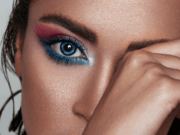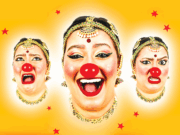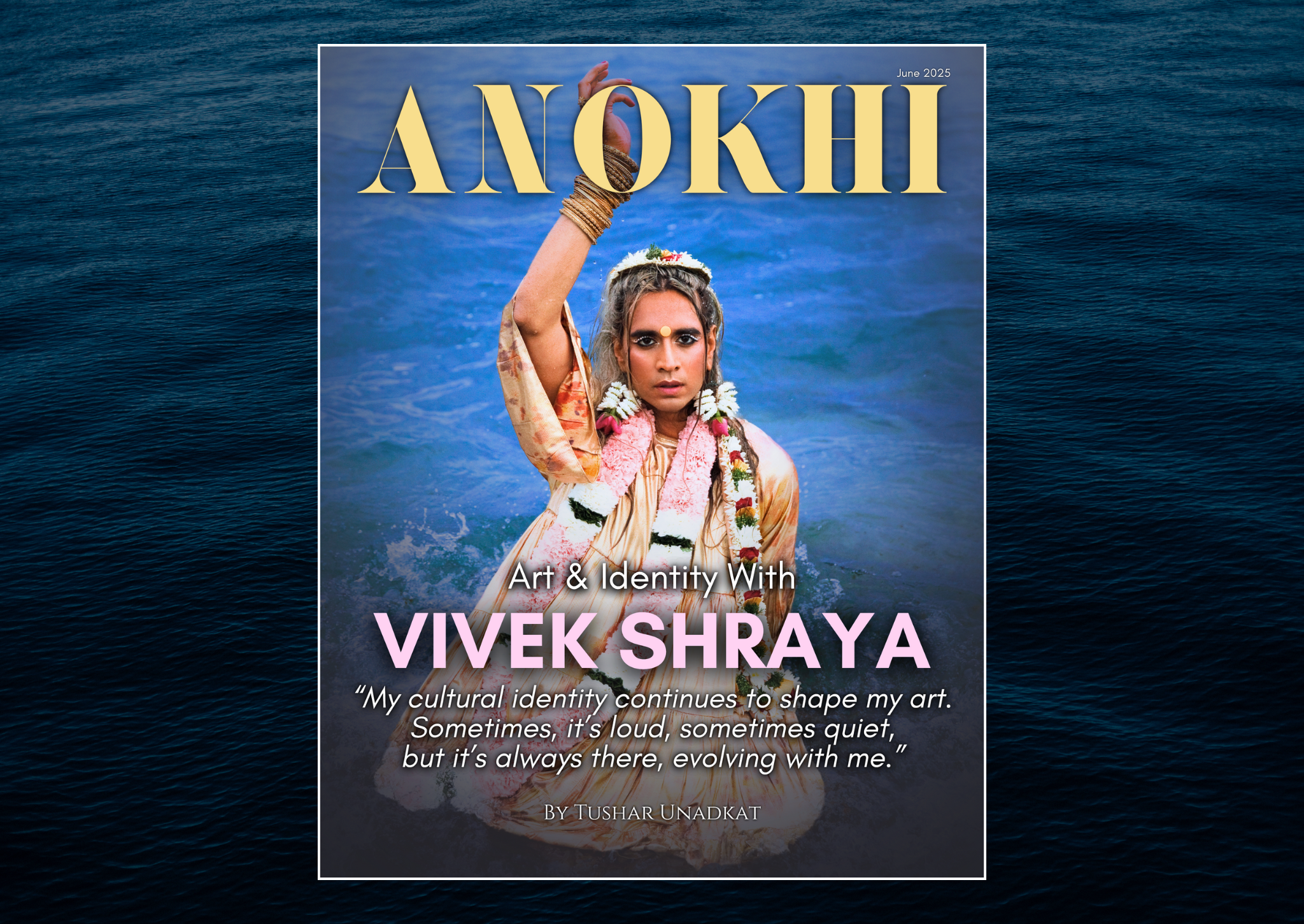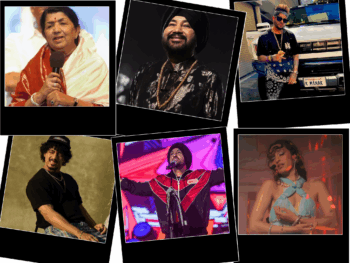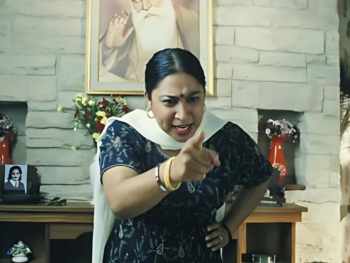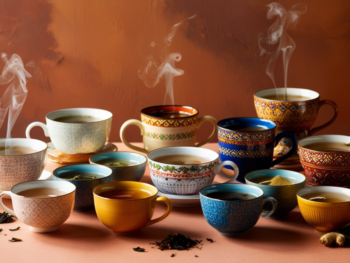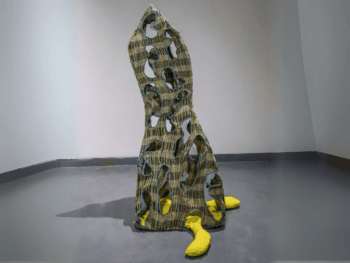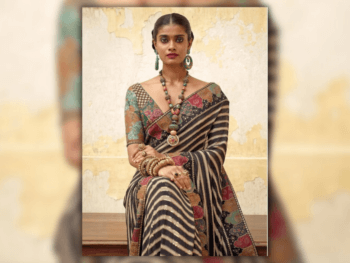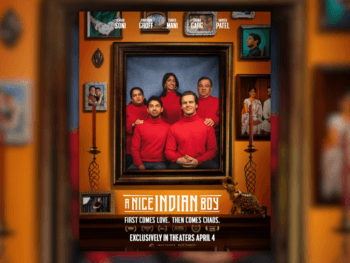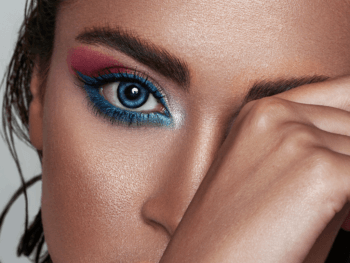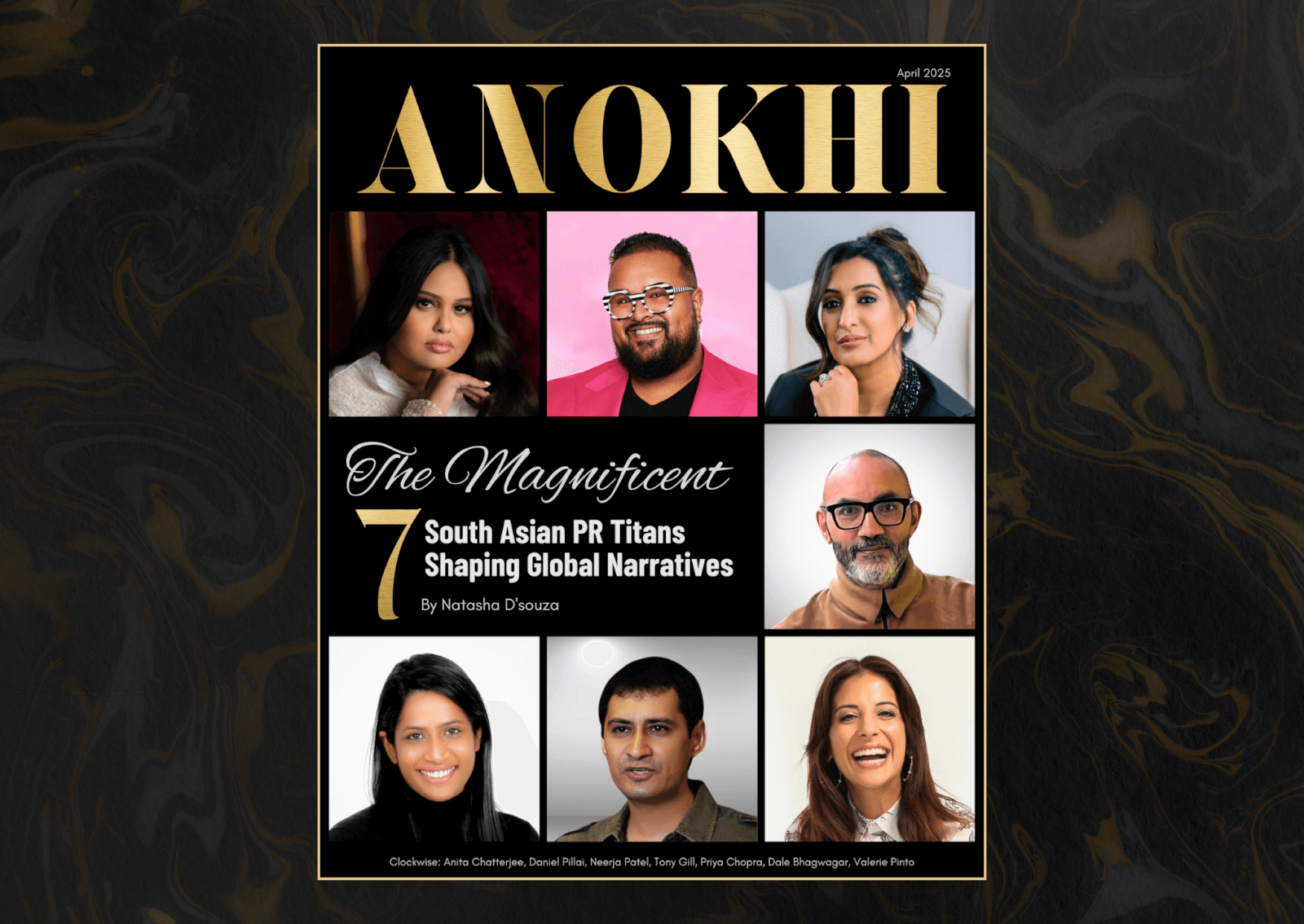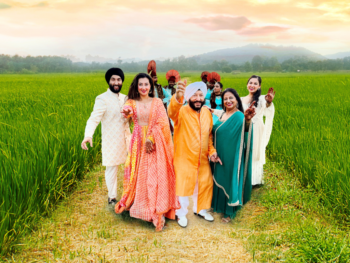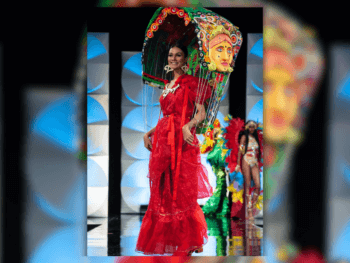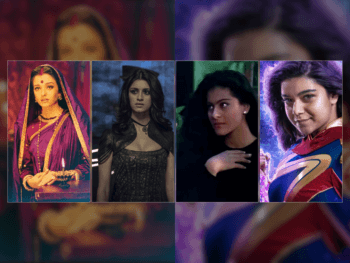
Hinduism and hair extensions add up to a lucrative business.
Gimme a head with hair, long beautiful hair Shining, gleaming, steaming, flaxen, waxen Give me down to there, hair! Shoulder length, longer (hair!) Here baby, there mama, Everywhere daddy daddy – From the musical, Hair
Long hair is one beauty trend that never seems to go out of style. However, not everyone is blessed with naturally long, gorgeous locks. But like the lyrics from the popular musical, Hair, even those without still want "down to there hair," and for that, extensions are the quick-fix. Cleopatra may seem to be the first icon for long, luscious hair, but she may have big competition when compared to today's starlets. Thanks to the wonders of hair extensions, we've seen Victoria Beckham play with long lengths and Paris Hilton frolick with waist-length tresses. Even Jessica Simpson doesn't hide behind her’s bringing it to the the forefront by launching her own line of hair extensions. They have come a long way since their humble beginnings. They’re more durable, they fuse better, and their application methods and style capabilities have improved.
For North American and European fans who opt for the long, faux hair, there's more to the origin of their extensions than a simple delivery from a processing factory. In fact, some hair extensions have made quite the journey. Our search started online where you can find just about anything from wedding cakes to Fendi knock-offs, we discovered something else you can buy— Indian temple hair extensions. Yes, you read that right. Indian temple hair extensions are made from hair that has been given as an auspicious offering to one of Hinduism's holiest temples in India. These are then converted to hair extensions before being marketed as "holy" hair. And with the constant bombardment of media's beauty standards and the growing hair fashion market sending everyone out to get instant long-hair gratification, faith-turnedfashion is making a pretty penny.
Temple origins
It all begins in Southern India within the Tirumala-Tirupati region. Therein lies the Tirupati Venkateswara Hindu Temple, said to be the richest temple in India. With a history spanning several centuries, this temple attracts pilgrims from across India and is one of the most visited places of worship worldwide. The temple is dedicated to Lord Balaji, an incarnation of Vishnu. There is a Hindu belief that Vishnu borrowed money to celebrate his marriage, and promised to pay interest on the debt. Pilgrims who visit the temple make offerings to pay this interest, one of the common offerings being hair.
The cutting of hair for religious reasons is called tonsuring, and this ritual is performed within a Kalyana Katta, an enclosure within the temple. Sitting cross-legged with their heads bent toward one of the hundreds of barbers working at Tirupati Venkateswara Temple, Hindus make the offering of hair daily for a plenitude of reasons. Be it in thanks, praise, or as a prayer, it is estimated that around 1200 to 1500 women partake in tonsuring daily at this specific temple to signify a surrender of ego. For the women who shave their heads, that is the last they see of their healthy locks. But it’s nowhere near the end for these tresses. The process has only begun for turning these pieces of hair into Indian temple hair extensions. As the cut hair falls to the ground, temple workers collect the strands and deposit them into large bins. The hair is then divided into five categories based on colour and length. Of the highest quality is the category labeled “black gold,” which is defined as black hair that is longer than 16 inches. The hair is then auctioned to exporters who then re-sort the hair and clean it before it makes its way to Europe and North America to become another woman’s crowning glory.
The business of hair
While temple officials at Tirupati Venkateswara Temple say that the hair trade that the temple is involved in is not a secret, it is also not advertised. On a recent report showcased on The Oprah Winfrey Show, it was estimated that the temple makes close to $18 million USD annually by selling the shaved hair to exporters. Temple officials report that the money raised provides food and accommodations for pilgrims and funds local hospitals and educational institutions.
One of the biggest distributors of Indian temple hair extensions is a company called Great Lengths, based out of London with a factory in Italy. At the factory, Great Lengths dyes the hair and attaches a patented keratin tip to each strand before shipping it to distributors around the globe where salons generally charge between $1500 and $3000 to weave a full head of hair. “Ironic that [Indian women] are sacrificing their hair for their beliefs and faith, and we are acquiring it for beauty,” comments Roxanne Muir, hairstylist and owner of Toronto’s Karma Kollective Hair Studio.
Muir exclusively uses Indian temple hair that’s classified as Remy. “The cuticle layer protects the hair from damage and gives the hair its natural look. Remy hair has its cuticle layer intact and running in the same direction.” While it is possible to get Remy hair extensions that are not necessarily made of Indian temple hair extensions, Muir explains the fascination with Indian hair specifically, saying, “This type of hair is usually in superb condition and there is lots of it. Indian hair is best suited to Caucasian hair and it is the most compatible. Chinese hair is too thick and heavy and mostly too straight. European hair is weaker and brittle, and is usually chemically damaged.”
Because of these differences, Muir receives numerous requests for Indian hair extensions. “My clients want hair that looks and feels better than their own,” she says. But why must it be the Indian temple hair extensions? “Indian temple hair has become a buzz [term] in our industry,” Muir explains, “and it is [now] a quality of hair by which all other extensions are measured. The companies spend a great deal of money to have the customer know what it is and that it is the best. They are also extremely popular with celebrities from Paris Hilton to Britney Spears to Courtney Cox.” So the next time you visit your favourite salon for your touch-ups consider the lengths that your locks went through.
BY: JAYANI PERERA / PUBLISHED: SPRING 2009 ISSUE
ILLUSTRATION: FOTOLIA.COM





















